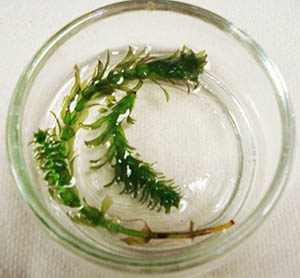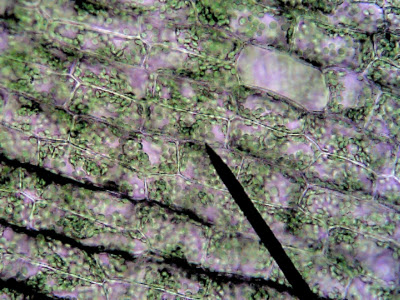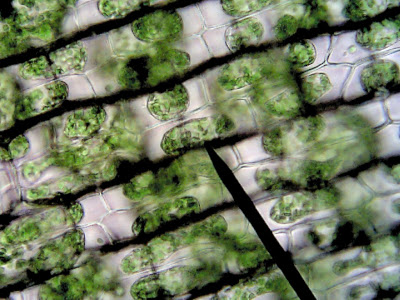
The Next Generation Science Standards recommends using anchoring phenomenon as a way to teach scientific concepts. There’s a lot of information and ideas from NGSS Phenomena and Next Generation Science Storylines .
The basic idea is somewhat similar to what past reforms in science have stressed with solving problems and using laboratory experiences to drive understanding of topics.
Traditional science classes tend to put these experiments at the END of a unit, and the lab reinforces what students learned in either lectures or textbooks. The phenomena model instead asks students to observe something, either in a lab, or even in a photo, or perhaps just a demonstration of something interesting.
The idea is to encourage students to question why the phenomenon happens. The unit then builds around this anchoring phenomenon to help students make sense of the world.
This doesn’t require a huge overhaul of some of the things you already do in class, it’s more about when you do it and how you design the experience. For example, a typical lab on osmosis might ask students to soak a leaf or a plant in salt water to observe the effects. If done after the chapter lesson, students might come into the lab knowing what to expect.
They’ll realize that salt water is a hypertonic solution and that water will leave the cells and cause the plant to wilt. The lab itself just confirms what is written in their textbook. It’s a simple matter to just flip the script. Instead, give them the opportunity to observe what happens to the plant and then build the lesson from those observations.
Since this concept is usually found in the unit on cells, this is a good opportunity to let students practice with microscopes. I give my students an elodea sprig with several leaves and have them place them on a slide. On high power, students should be able to observe the cells and individual green chloroplasts scattered throughout the cell (or mostly near the cell walls.) They might even be surprised to see those chloroplasts moving, a process called cytoplasmic streaming.
Images from Microscopes

Then ask the student to take a leaf and soak it in salt water for a few minutes and observe what happens. Now (assuming they can focus the microscope correctly) they will see that all the green chloroplasts seem to have collapsed into the center of the cell. The idea is that these observations will spark questions and curiosity. Students can discuss with each other why they think the cells look different after being soaked in salt water.
You can give students this handout with instructions, but you can save paper by just writing the instructions and discussion questions on the board. Spoiler alert: the chloroplasts clump in the center of the cells where the vacuole was because most of the water has left the cell.

If you don’t want to mess with microscopes, you can have students soak potato slices in salt water and after a time (15-20 minutes) the potatoes will become soft. You could also use a demonstration with celery stalks that have been soaked overnight. Either way, the goal is for students to view the phenomena and then try to make sense of it. The shift is from learning about a topic, to figuring out why something happens (Using Phenomenon in NGSS-Designed Lessons and Units, “, 2016) Students aren’t expected to know why it happened that day, but you can refer back to those observations as you progress through the chapter. By the end, they should be able to develop an explanation for their observations.

